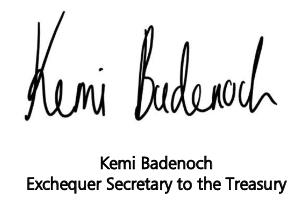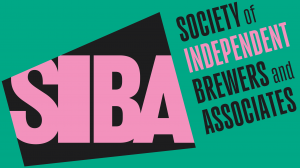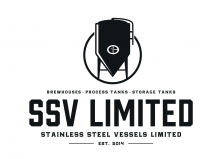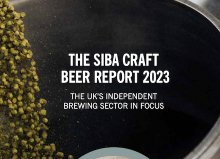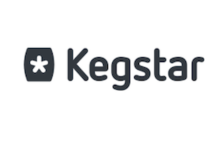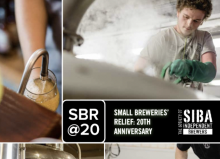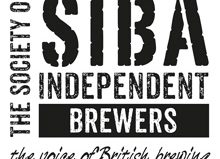Letter from Exchequer Secretary to the Treasury Kemi Badenoch MP to SIBA CEO James Calder
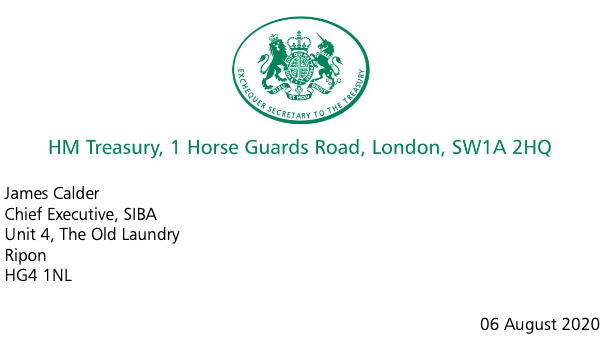
Dear James,
06 August 2020
Thank you for meeting with me last month to discuss our announcement regarding Small Brewers Relief (SBR). I wanted to write to you to explain to you and your members in further detail why the Treasury has adopted this policy.
As you know, the Treasury launched its review of SBR in 2018 following feedback from brewers that the scheme was not working as intended. As part of this the Treasury ran a survey of brewers in early 2019 which received over 300 responses. We also received submissions direct from yourself and other brewing groups.
All the evidence we received pointed to the problems with the current scheme taper, and the “cliff edge” it creates for brewers who want to expand beyond 5,000 hectolitres annual production. For that reason, we announced that we would seek to smoothen this transition by changing the way the taper works.
Throughout the review to date there has been great interest in the appropriate start point of the SBR taper. I therefore wanted to set out our position on this aspect before we move to look at other details. As you know, we announced that the new taper will start at 2,100 hectolitres.
The factors that led me to select this point were as follows:
- The evidence provided to us indicates that production costs of small brewers significantly drop between 0-1,000 hectolitres, but beyond this point they reduce much more gradually. In particular, the 5,000 hL threshold does not seem to match to any transition point in production costs, especially when compared to brewers producing 10,000hL. Therefore, there does not seem much reason to treat these brewers so differently in terms of their SBR entitlement.
- Furthermore, some of the evidence provided to us suggested that because of this, when combined with the stark difference in SBR treatment, brewers in the 2,000-5,000hL range have lower total production and duty costs than brewers several times their size.
- The 5,000 hL point was chosen in 2002 based on the composition of the industry at that time – which has changed significantly, with the number of small brewers increasing five fold, while overall beer volumes have declined 30% since then. Indeed, if the SBR taper start covered the same percentage of brewers as in 2002 (the smallest 1% of brewers), it would be around 1,000 hL.
- 2019 data suggests that over 80% of brewers produce less than 2,100hL, meaning that a taper start above this point would leave the great majority of brewers unaffected. Obviously this data was taken before the onset of COVID-19, but where brewers are affected, it will likely increase the proportion producing below the 2,100 hL level.
- The lower the taper starts, the wider the range of production covered by the taper, meaning the more gradual any transition is. This can also be replicated by extending SBR above 60,000hL, but I am not persuaded that giving larger, more established brewers access to a relief intended to support small craft brewing is an effective use of tax revenues.
- By contrast, the only arguments I heard in favour of retaining 5,000 hL seemed to be that this is where the taper currently starts, and changing it would create winners and losers.
I believe that the combined effect of a smoother taper over a broader range of production will improve the economics of the SBR scheme and therefore enable brewers to grow and expand. I accept there will be some brewers in the 2,100hL- 5,000hL range who will be affected, but I anticipate changes for them will be modest compared to the amount of relief they currently receive.
I appreciate the point you made in our meeting that it is not possible to determine the exact winners/losers of these proposals based on our announcement; and this risks creating uncertainty for brewers.
While there is a strong consensus in favour of introducing a smoother taper, the exact method of doing so is not obvious and will require careful thought. There are a variety of methods – simple bands, a straight-line taper, non-linear tapers etc – each with advantages and disadvantages. We look forward to discussing these with you and wider industry through the subsequent technical consultation. Only once we have done this will we be in a position to establish the exact degree to which a brewer at any production level may be better or worse off.
However, I would like to caution against judging changes to SBR only by looking at whether any individual production level receives more or less relief. This static approach can be overly simplistic. The effect on changes in a brewer’s SBR entitlement as they grow, and the marginal tax rate they face, are equally important considerations.
I would also like to address some misconceptions that have come to light following our announcement.
First, there has been some suggestion that the Treasury is pursuing this policy at the behest of certain individual brewers. I would like to emphasise that the Chancellor and I have taken these decisions because we believe they are the right ones for the small brewing sector as a whole, and not to favour individual firms.
There were a range of views about SBR – some small brewers favoured the abolition of the scheme, while some larger brewers argued for the scheme to be maintained as is. We have taken these into account, but made our own judgements based on the evidence you and others have provided.
Second, there was a suggestion that the Treasury was pursuing this policy to raise revenue or reduce the amount the scheme costs. As you may be aware, the amount the Treasury gives back through SBR has increased from £30 million in 2010 to over £65 million today. The cost of the scheme is not my primary consideration. It may well be the case that the final set of changes increase the amount spent on the scheme.
Third, it was suggested that this would hit brewers just as they were recovering from COVID-19. As SBR runs on a calendar year basis, I would like to reassure you that any changes will not take effect until at least 1 January 2022. If brewers have had to cut production this year due to COVID-19, they will be able to use the current SBR scheme based on this production level for the whole of 2021.
To conclude, thank you again for your high level of engagement with the review. My officials will be happy to discuss this further with you and any of your members. I am keeping an open mind about the final overall shape of the reformed scheme and will be interested to understand your views.
Finally, given the interest in this topic, I would be grateful if you could share this letter with your members.
